In Sahelian zones, agroforestry parks are characterised by the presence of native shrub species associated with crops. These species fulfil several functions, including the improvement of soil fertility.
The most common species used in agrforestry are Piliostigma reticulatum (DC) Hoscht. and Guiera senegalensis, which are associated with crops such as sorghum and millet. Cases of reduced crop yields during this cohabitation have been reported. Could this yield reduction be due to too many shrubs in the fields? This article presents some results from the work done in Work package 5: Impact of tree/shrub intercropping on soil ecology. The effects of different densities of P. reticulatum (DC) Hoscht and Guiera senegalensis J.F. Gmel on crop yields in the village of Sindri in north central Burkina Faso were investigated.
The experimental set-up consists of blocks scattered in two fields:
Field 1: dominated by Piliostigma reticulatum (DC) Hoscht with densities of 130 and 470 plants/ha. (Image 1)
Field 2: dominated by P. reticulatum (DC) Hoscht and G. senegalensis J.F. Gmel. with densities of 927 and 1025 plants/ha of both species. (Image 2)
In both fields, each density level had five elementary plots of 12 m2 each. The shrubs were harvested in June 2021, and the harvested biomass was ploughed in. Sorghum and cowpea were harvested in their entirety for each replication.
Effects of P. reticulatum density on sorghum and cowpea yields in intercropping
- Sourgum yields higher with lower planting density of native schrub species: The density of 130 plants/ha of P. reticulatum recorded the highest grain and straw yields of sorghum compared to that of 470 plants/ha (Figure 1). However, the difference was not staistically signifcant.
- Cowpea yields higher with higher planting density of native schrub species: The higher density of 470 plants/ha recorded the highest cowpea grain yield compared to that of 130 plants/ha. The difference was staistically signifcant (P <0.05)
Effects of P. reticultum + G. senegalensis density on cowpea yields in pure culture
- Cowpea yields higher with higher native schrub density: The density of 1025 plants/ha recorded the highest grainand tare yields compared to that of 927 plants/ha (Figure 2). However, the difference was not staistically signifcant
Take-home message: In both pure and intercropped cropping systems, the higher shrub densities had no depressive effect on crop yields, and even increased cowpea production.
Written by: Moussa Gnissien, Prof. Kalifa Coulibaly, Issaka Senou, Hassan B. Nacro from UNB - Nazi BONI University
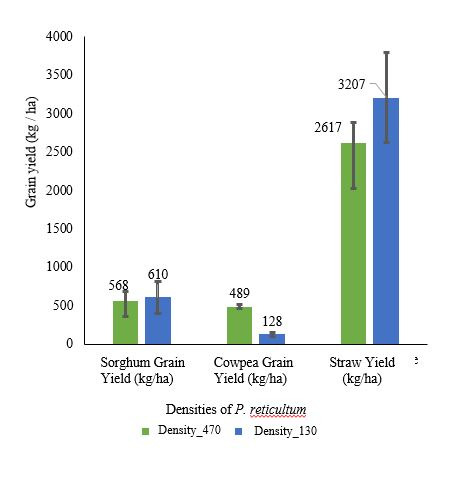


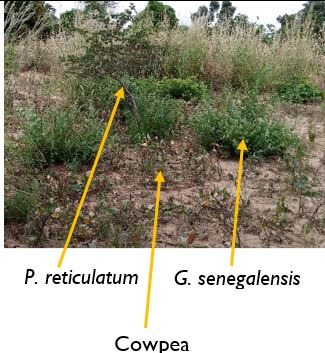
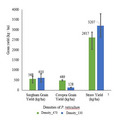
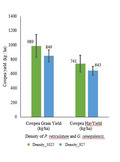
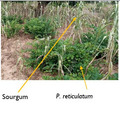
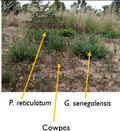
 tap and then scroll down to the Add to Home Screen command.
tap and then scroll down to the Add to Home Screen command.